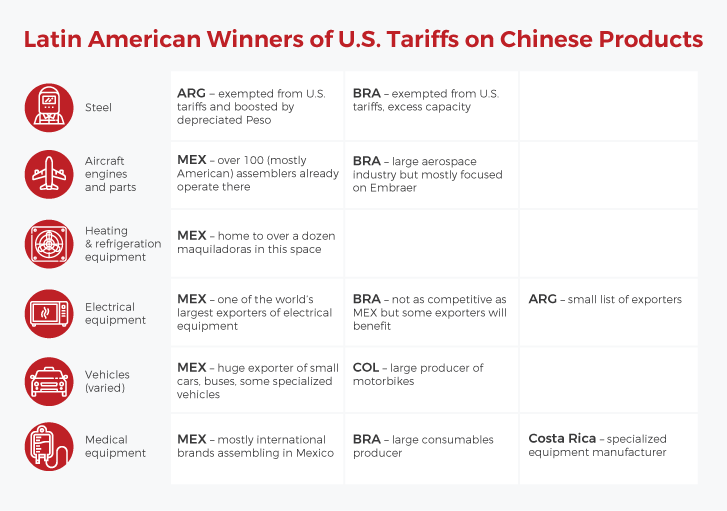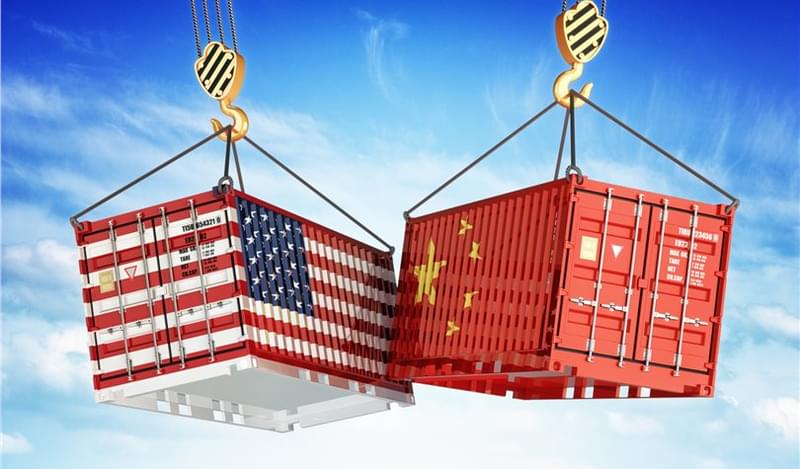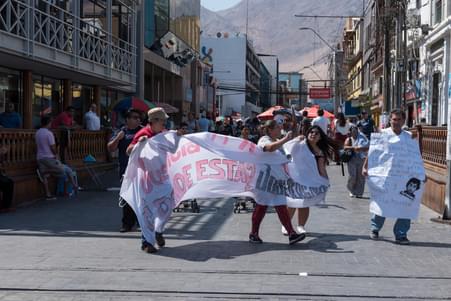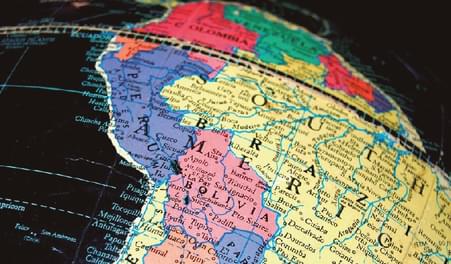China and the U.S. are both the two largest customers and suppliers to Latin America. Punitive tariffs levied by the U.S. against Chinese products—and vice-versa—will create supply gaps that Latin America can suddenly fill. A tax on Chinese and American exporters equates to a subsidy to Latin American exporters. And what company doesn’t appreciate a subsidy, especially when another country is paying for it?
In crude terms, China buys raw materials from South America and sells finished goods across the region. The U.S. buys manufactured goods from the northern half of LatAm and sells agricultural goods back to those same countries (Mexico, Central America and Caribbean) while selling high value goods and services across Latin America.
 The problem with trade disputes between nations is that they can end as quickly as they begin, so Latin American exporters should be wary of investing too much in expanded production capacity. Nonetheless, when fate smiles upon you, you jump at the chance. Below is a small sample of the hundreds of products already caught up in or threatened by the U.S.-China trade battle.
The problem with trade disputes between nations is that they can end as quickly as they begin, so Latin American exporters should be wary of investing too much in expanded production capacity. Nonetheless, when fate smiles upon you, you jump at the chance. Below is a small sample of the hundreds of products already caught up in or threatened by the U.S.-China trade battle.
 Ironically, Mexico would be the biggest winner stemming from trade disruption caused by U.S. tariffs on Chinese products. However, producers there will be wary about expanding investment while the NAFTA negotiations remain in a state of flux.
Ironically, Mexico would be the biggest winner stemming from trade disruption caused by U.S. tariffs on Chinese products. However, producers there will be wary about expanding investment while the NAFTA negotiations remain in a state of flux.
Medium-Term Opportunity: Rerouting Trade
If Chinese exporters who rely on the U.S. market determine that U.S. tariffs have staying power, then they will look to relocate some of their production to countries with stable free trade agreements established with the U.S. In Latin America, the most obvious candidate is Central America where assembly and logistics costs are reasonable and lead time entry to the U.S. eastern seaboard markets is quick.
Chinese textile and clothing makers already employ thousands of Central Americans but may soon set up shop to assemble other goods facing 25% or higher U.S. tariffs, including: electronics, electrical equipment, HVAC equipment, car parts, light vehicles, etc. Chinese steel producers may choose to buy assets in Brazil and Argentina, both exempt from U.S. steel tariffs. An even longer list of products could be assembled in Mexico but until the NAFTA negotiations are finalized on the issue of product origination percentages, Chinese investors will look elsewhere (Vietnam, South Korea, etc.).
Foreign Direct Investment
China’s economic engagement with Latin America involves at least three goals, each of which will be impacted:
- Secure reliable long-term supply of vital commodities to fuel its economy: energy, metals, and food by purchasing production assets around the world, beginning with Latin America. Sour relations with the U.S. will drive Chinese buyers of these assets closer to Latin American companies as well as Canadian mining interests with LatAm assets.
- Find middle-income consumers for China’s emerging consumer brands including electronics, automobiles, toys and others. Losing American customers to Asian competitors (Vietnam, Korea, Japan) will push Chinese exporters more aggressively into middle markets like LatAm.
- Develop infrastructure projects to occupy China’s vast construction and engineering sector. The slowdown in domestic infrastructure spending in China forced the government to start building across the globe. A slowdown in Chinese manufacturing places added pressure on construction to employ people.
From the U.S. perspective, several industries have their supply chain centered in China where products are assembled, often incorporating parts made in satellite Asian countries (Taiwan, Thailand, South Korea). A 25% tariff (on imports to the U.S.) may not be enough to dislodge these supply chains. However, on the periphery are dozens of products whose assembly could be profitably shifted to Mexico. If NAFTA talks (or a bilateral agreement between Mexico and the U.S.) can be penned after the U.S. mid-term elections, and the China trade dispute remains, then U.S. manufacturers will begin moving production assets from China to northern Mexico.
Trade Agreements: The Enemy of My Enemy is My Friend
Though not the result solely of the U.S.-China trade dispute, but rather a function of U.S. nativism and international Trump loathing, unlikely bedfellows are teaming up to reshape world trade agreements. It may take years for this shift to impact Latin America’s economy but these changes, once instituted, will be difficult to reverse.
Mercosur has struggled for more than a decade to ink a trade agreement with the EU. Reactionary politics in both Brazil and Argentina combined with European protectionism kept the agreement from happening. The Europeans may have dodged a bullet in their recent trade dispute with the U.S., but Brussels no longer considers the U.S. to be a reliable economic ally, even if the transatlantic security alliance remains unbent. European exporters want unfettered access to the Brazilian market and may have finally convinced European farmers to accept South American agricultural products, thanks in no small part to the fact that China is buying up everybody’s excess food and beverages.
The U.S. rejection of the TPP did not kill the agreement (though the Canadians kept it in limbo for fear of antagonizing Washington). Today, the awkwardly named CPTPP (Comprehensive and Progressive Agreement for Trans-Pacific Partnership) is moving forward and has attracted the official interest of new potential signatories including Great Britain, Colombia, Indonesia, South Korea, Taiwan and Thailand. This will be a particularly useful agreement for Mexico, whose manufactured exports need diversifying.
Should the fear and loathing of Washington continue, we may even see a coming together of the Alianza Pacifica and Mercosur. Though political support is present, it will take a lot of work to technically align the import customs procedures of these two trade blocks. Mercosur trade rules are frequently disregarded and onerous to 3rd nations. Furthermore, Mercosur customs unions (except perhaps Uruguay) are riddled with corruption. Alianza Pacifica countries have been forced by their U.S., Canadian and other trade partners to adopt modern customs clearing procedures with far less corruption. They are more competitive economies than Mercosur members. Bridging these two trading groups will take at least 3-4 years but could happen if Trump is re-elected in 2020 and the U.S. congress continues its protectionist streak.
The Chinese word for crisis is often incorrectly interpreted as danger + opportunity. However, this time the linguistic faux pas might be a suitable premonition, particularly if you are an exporter in Mexico or Brazil.









